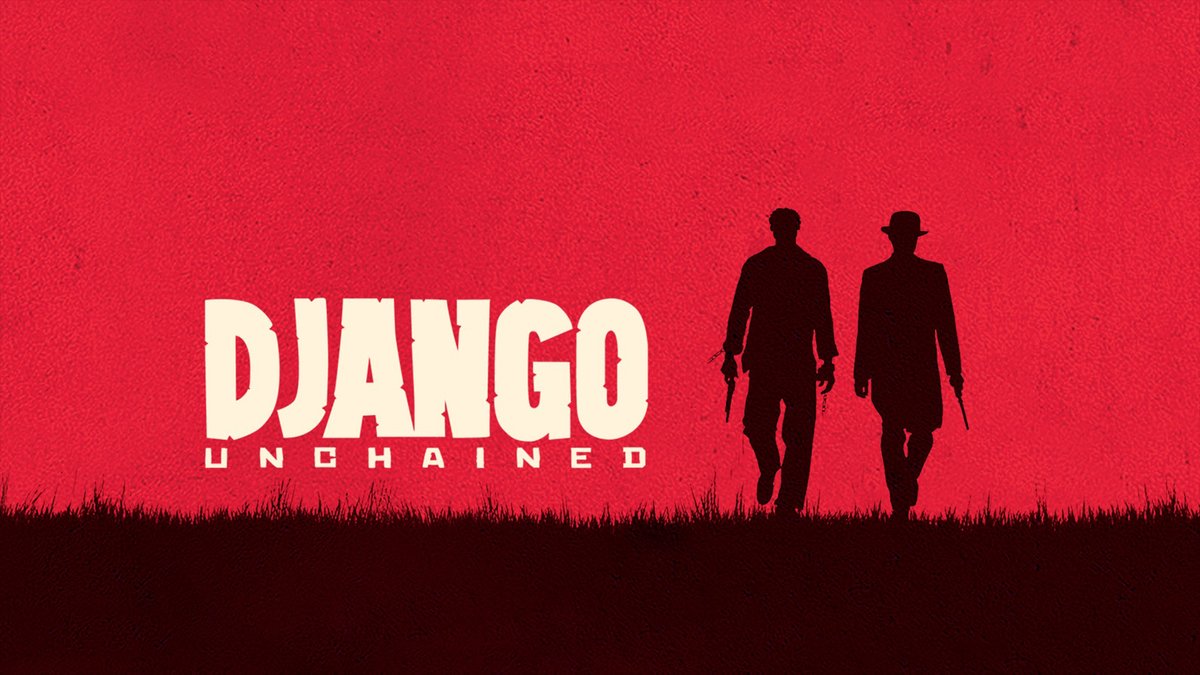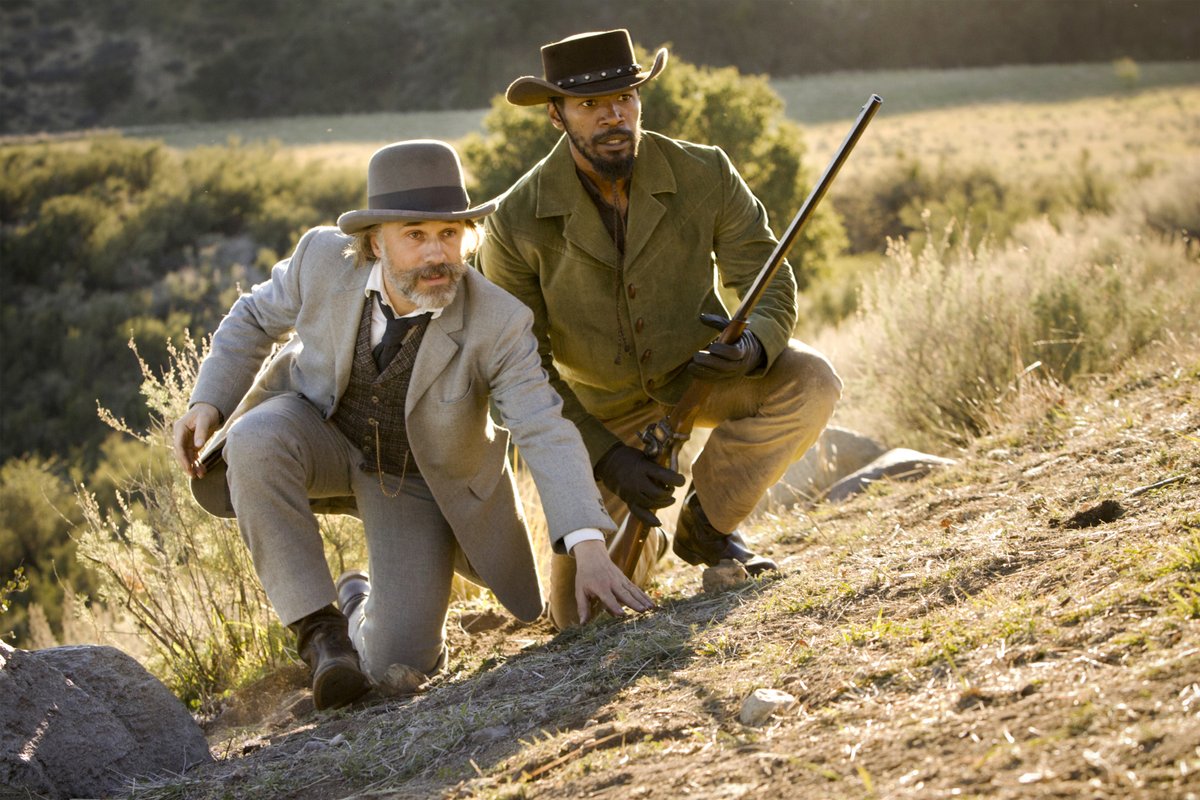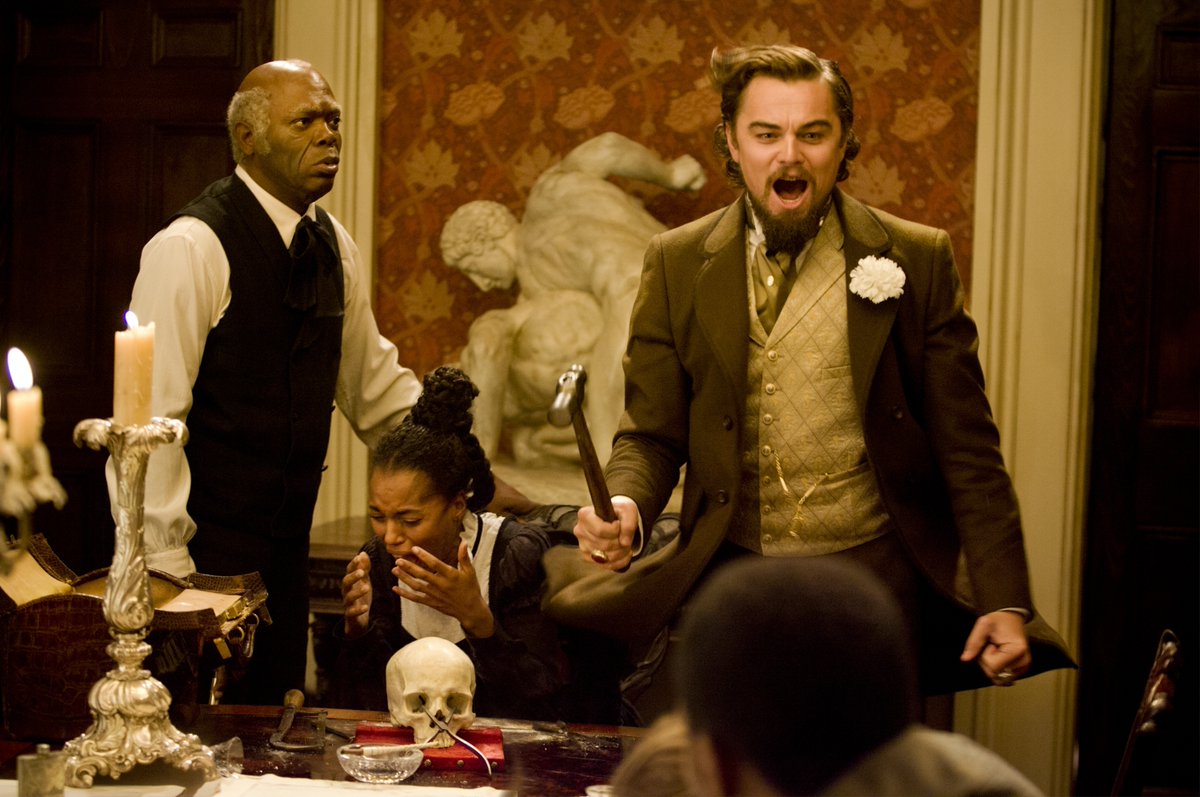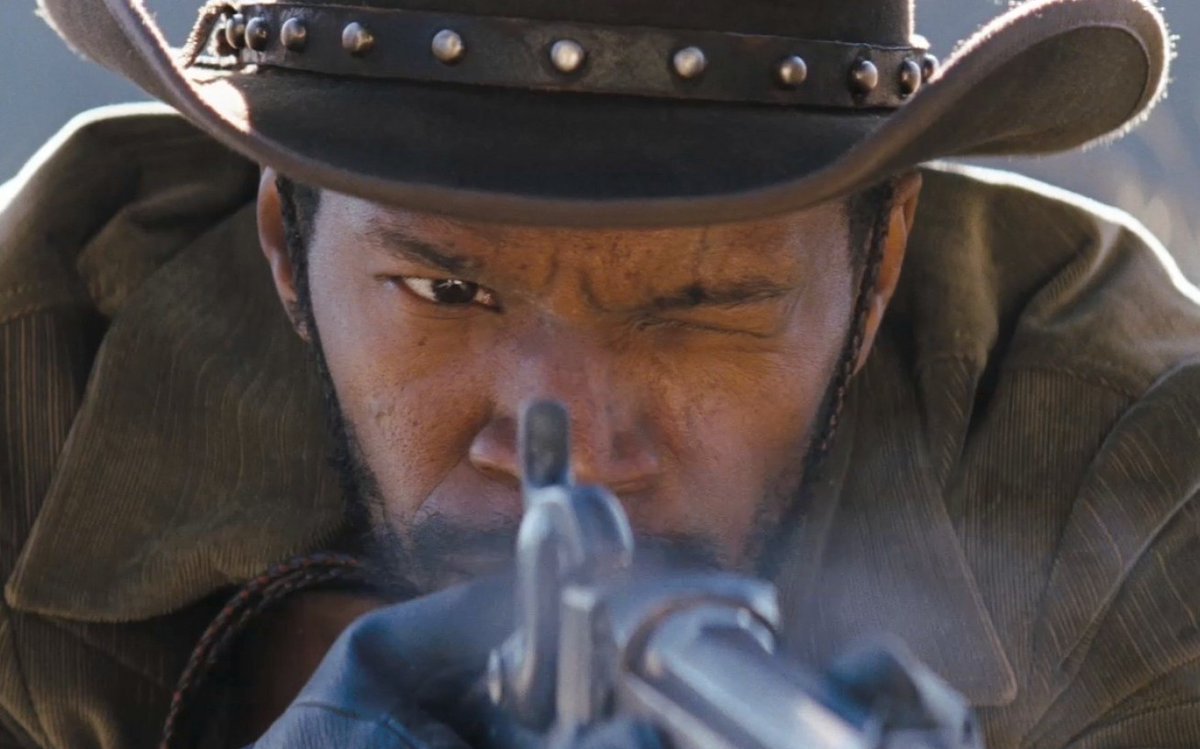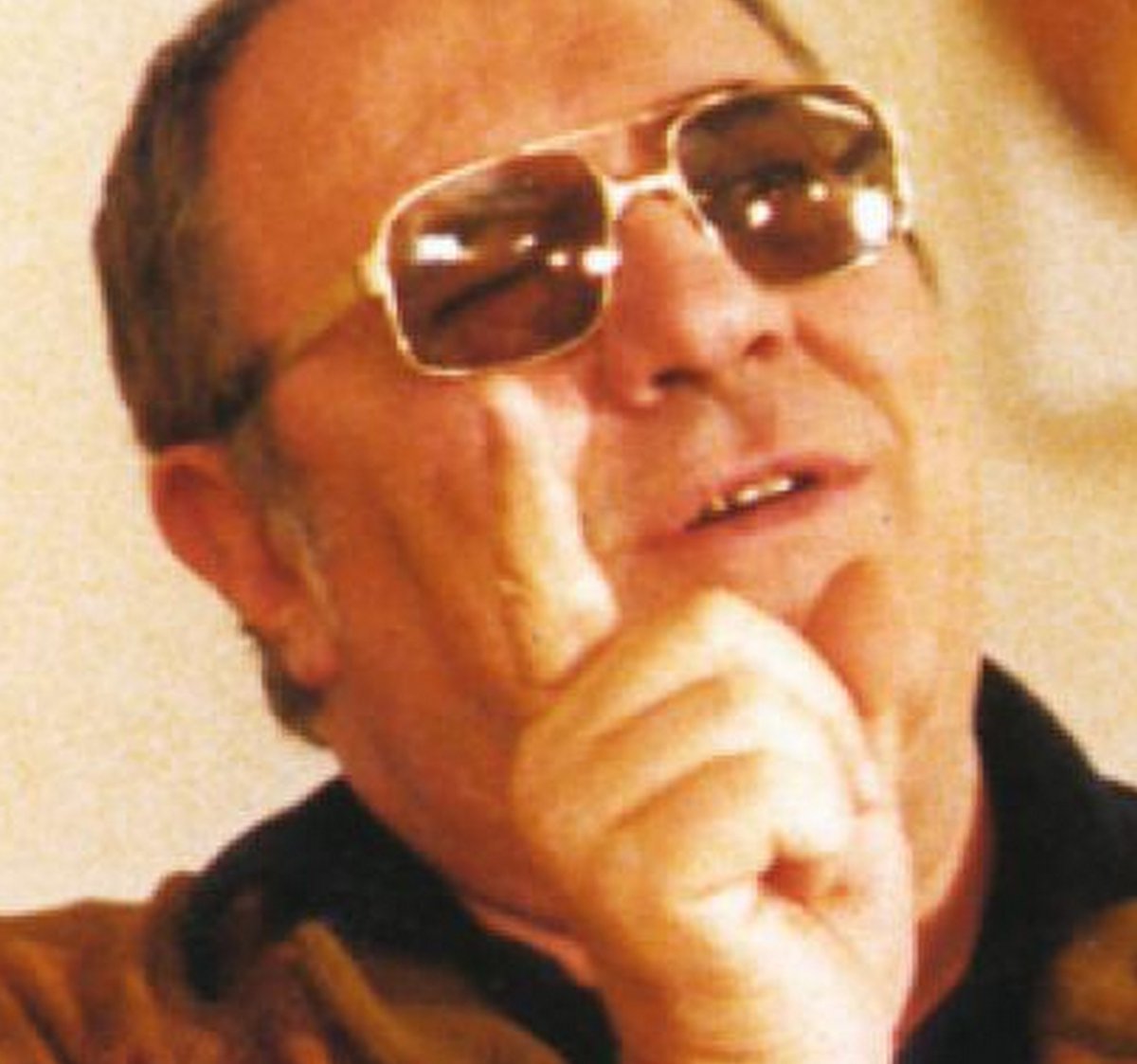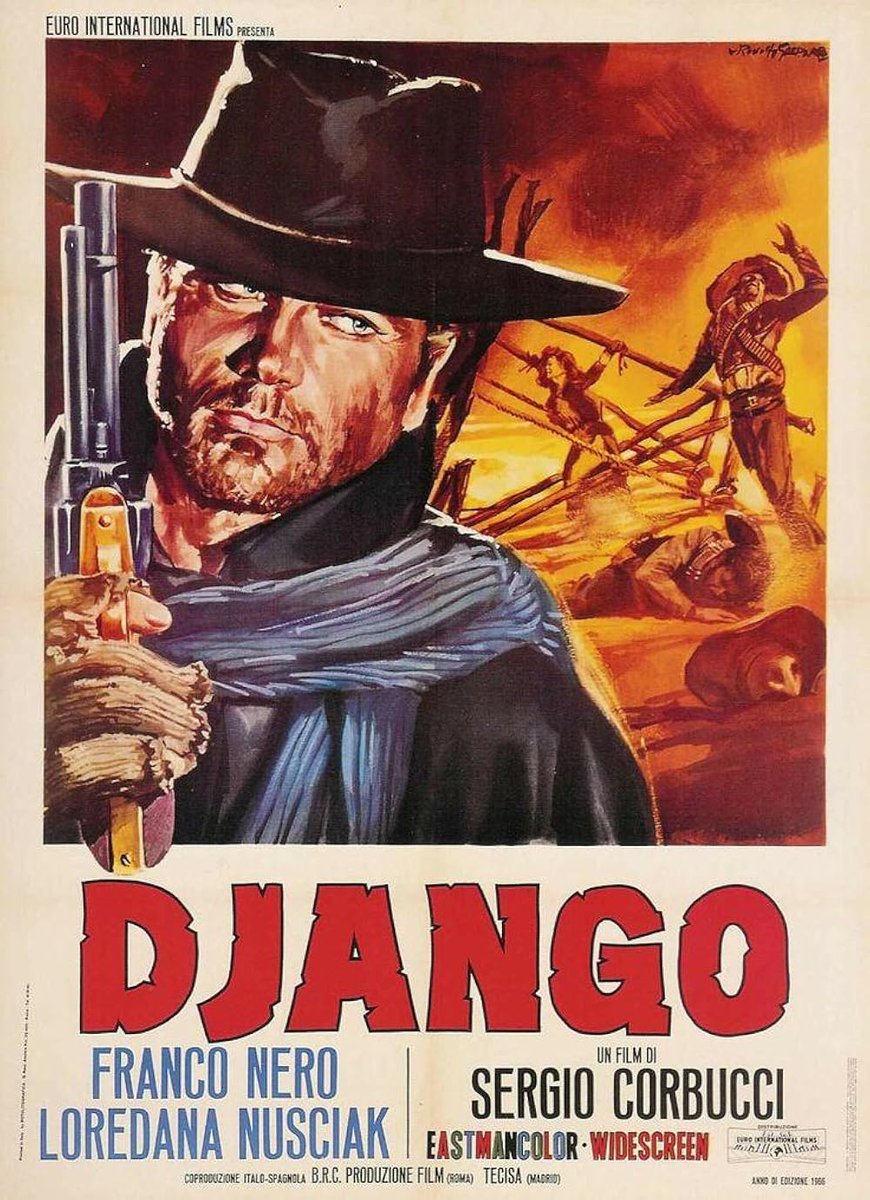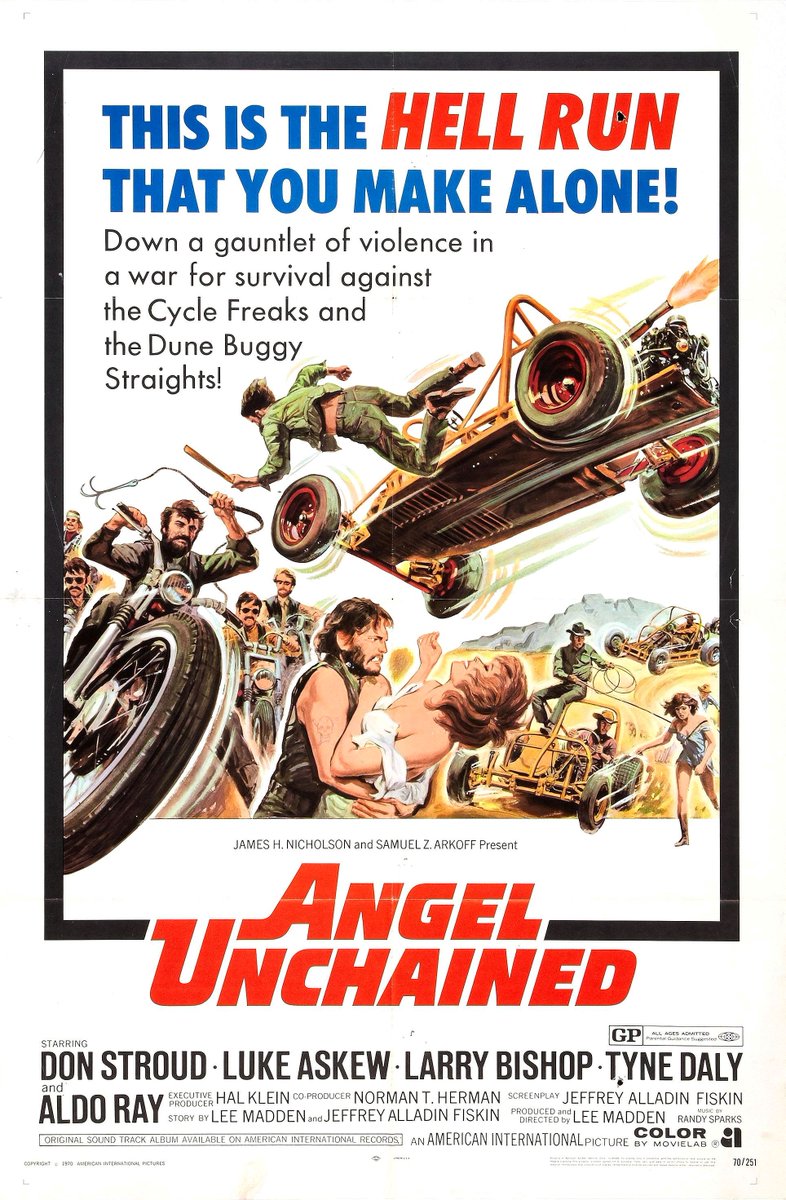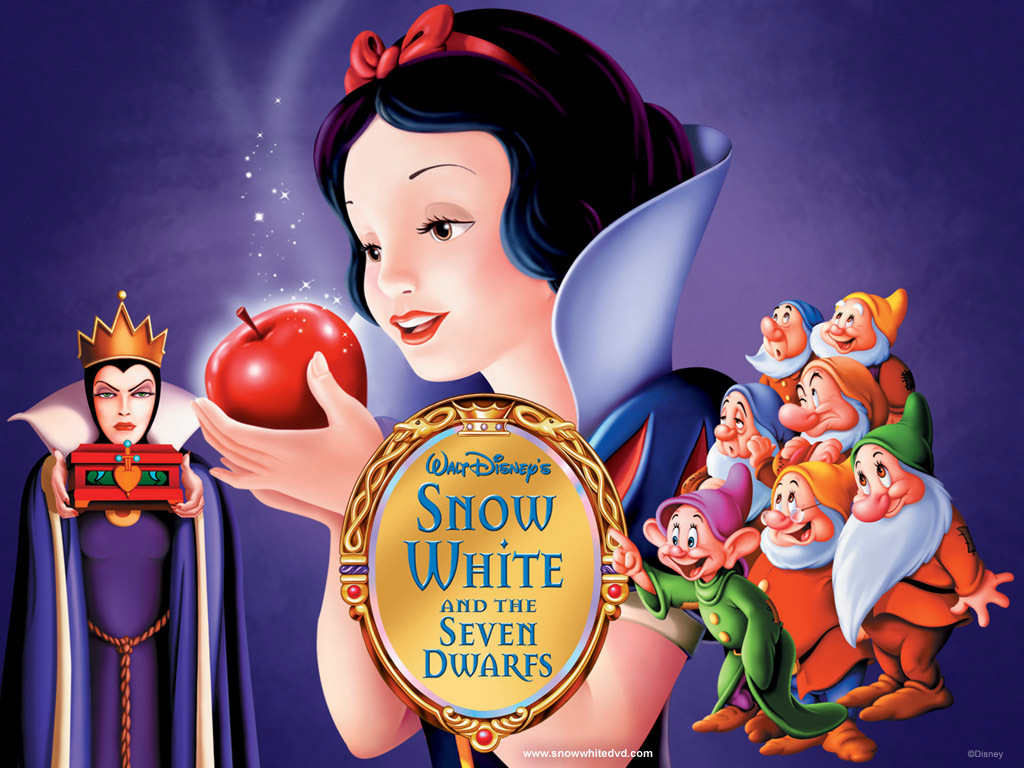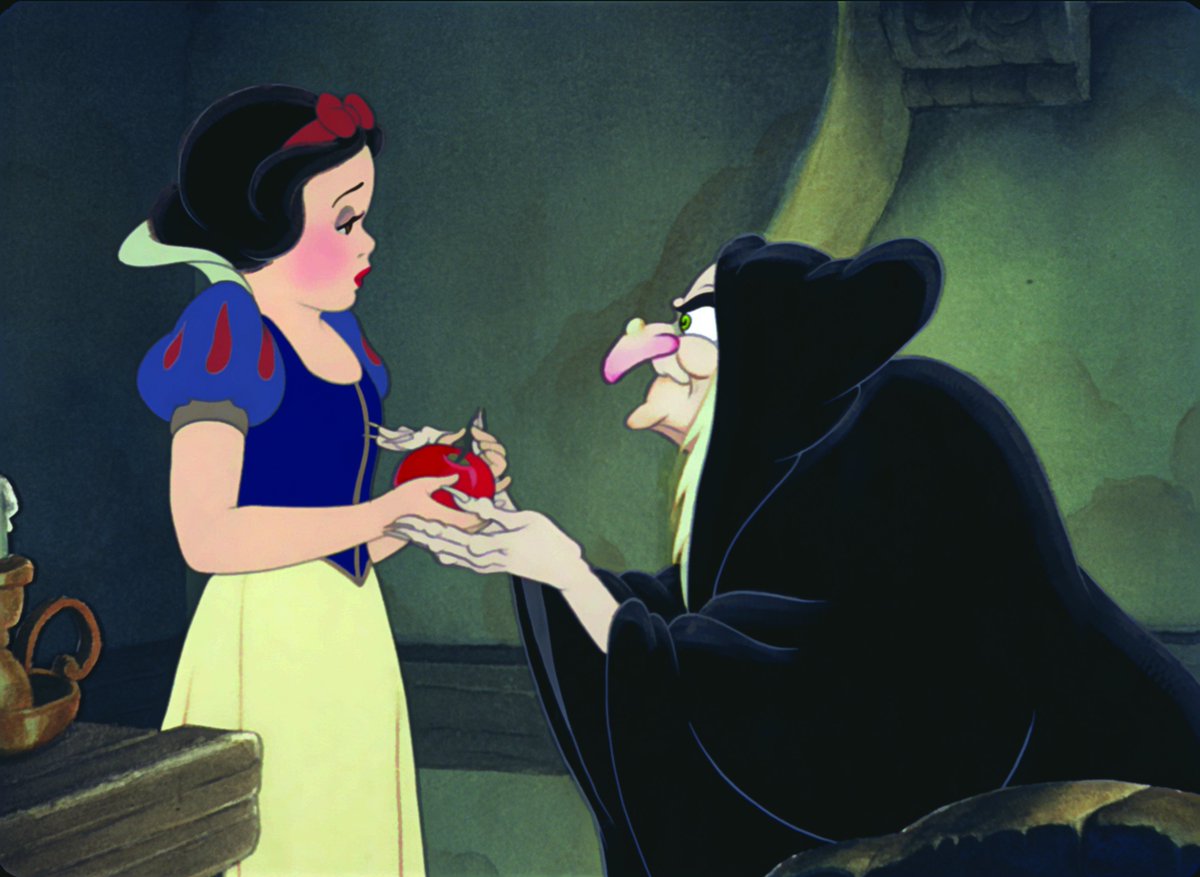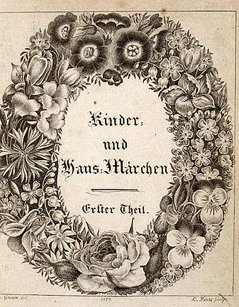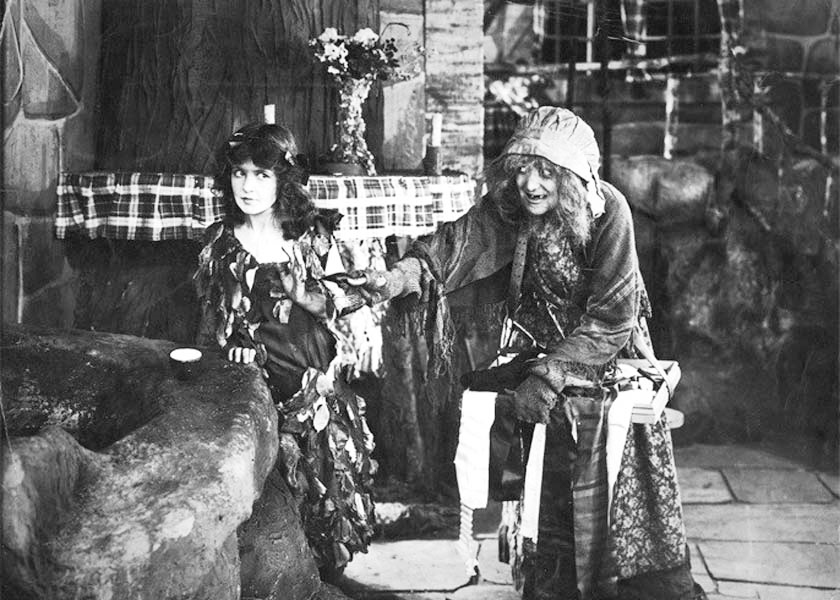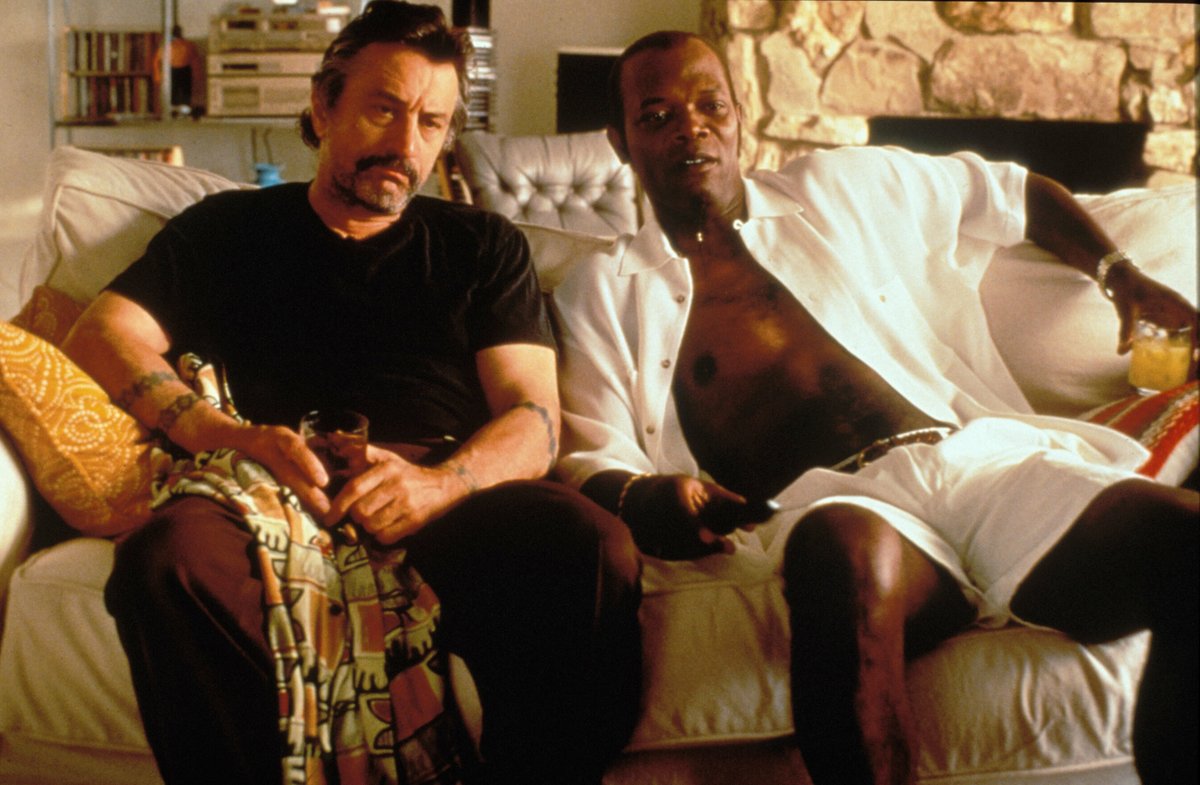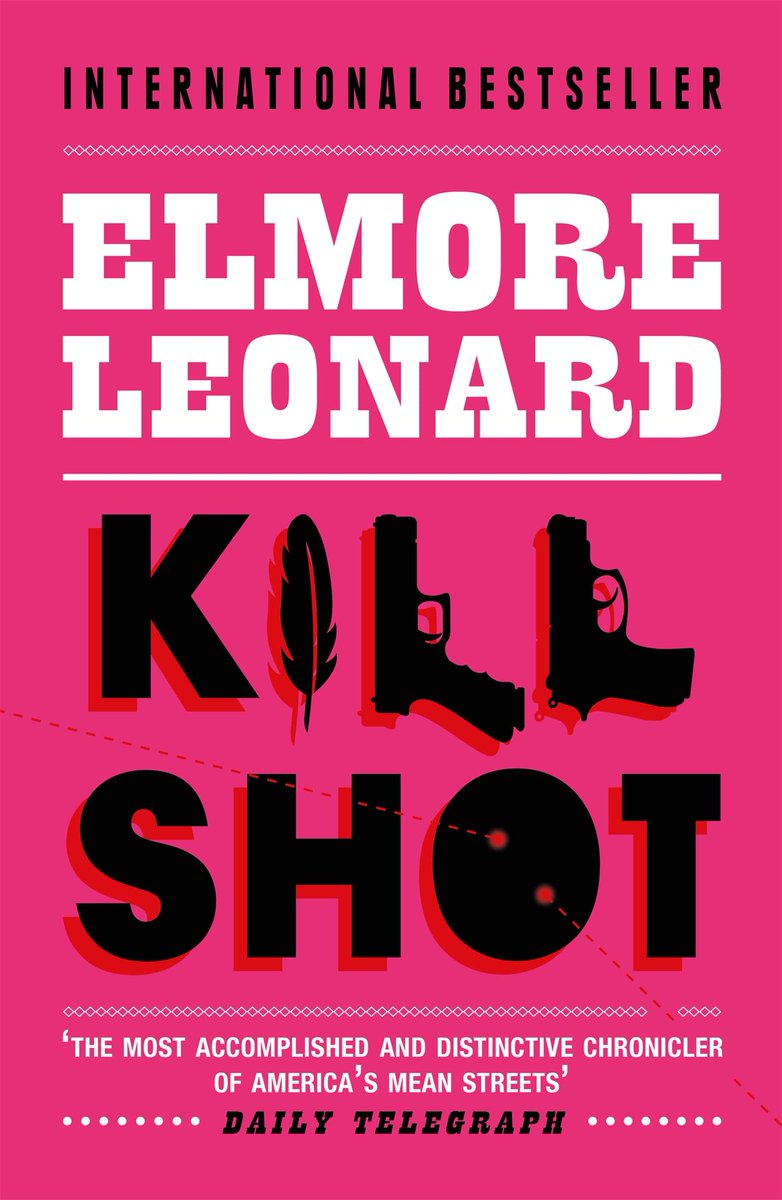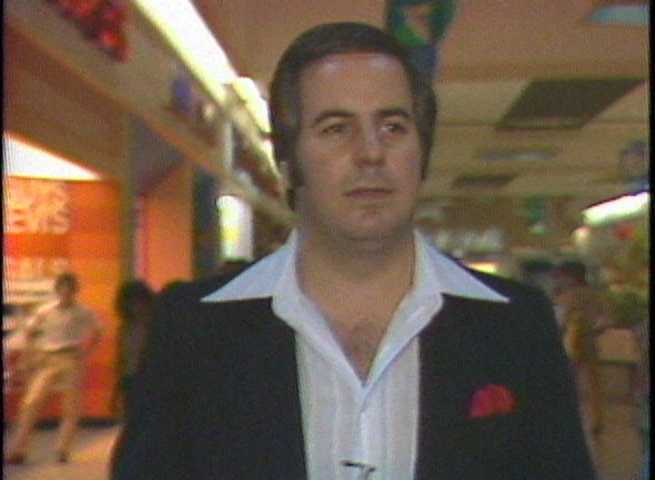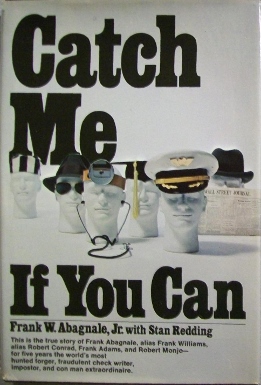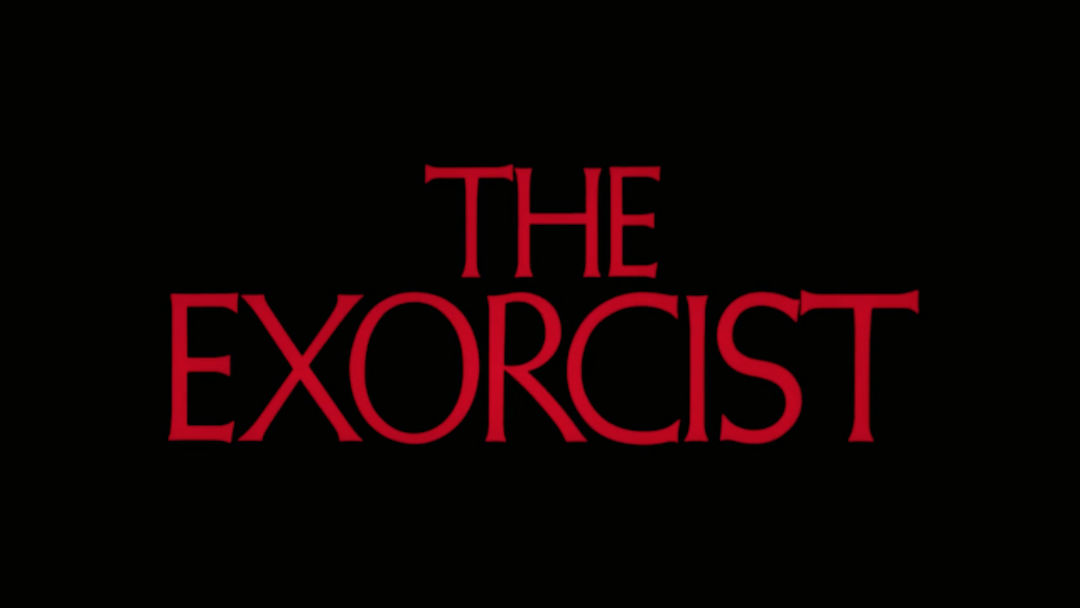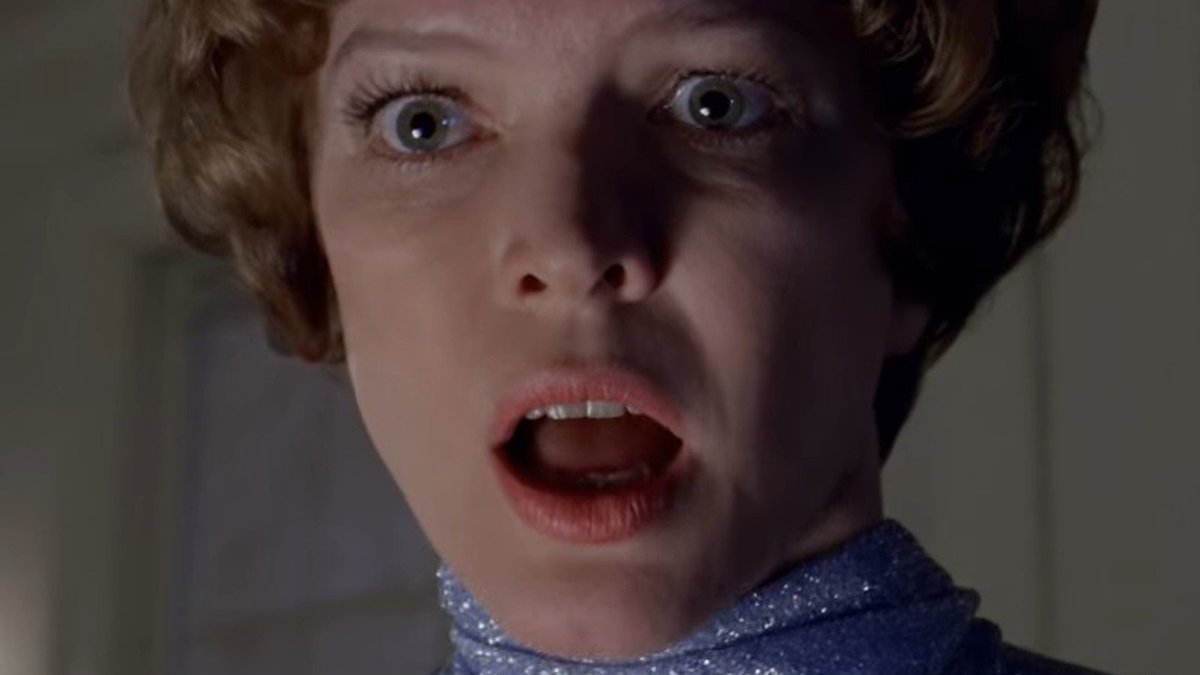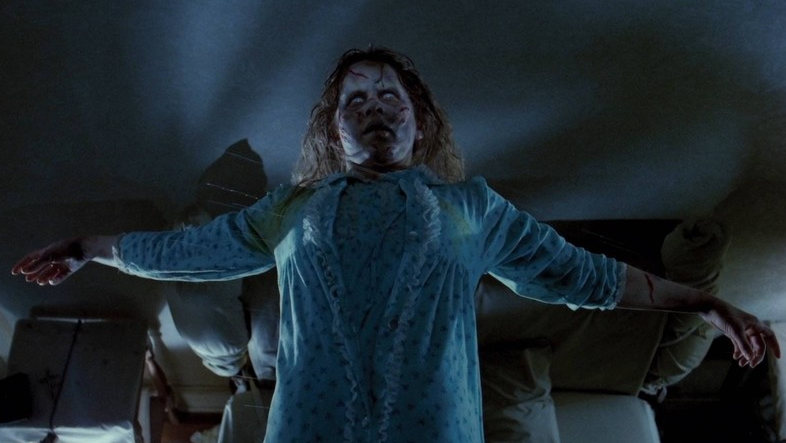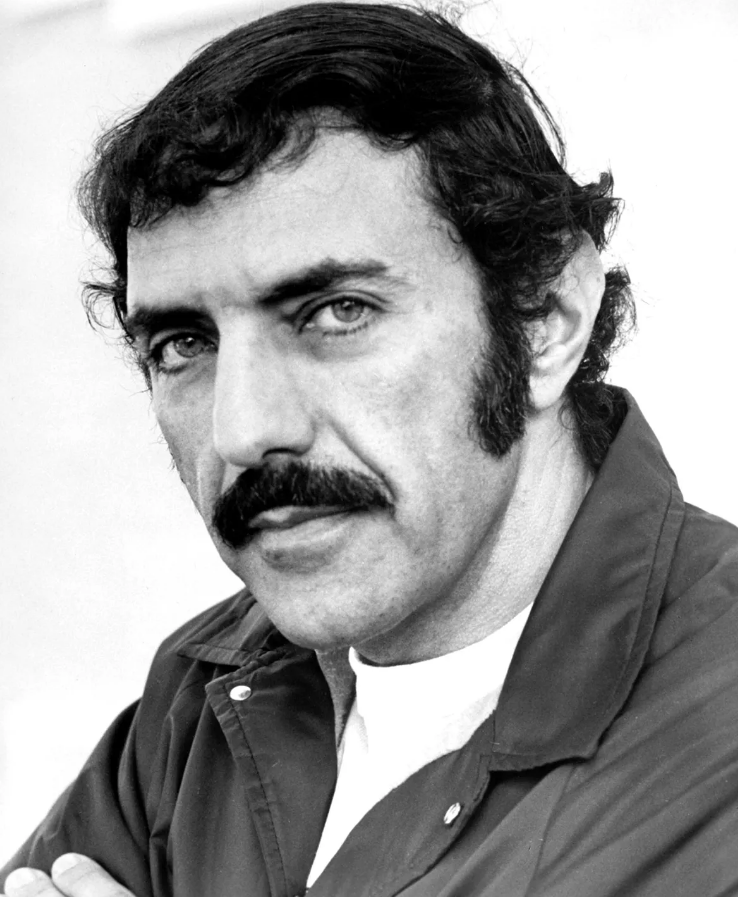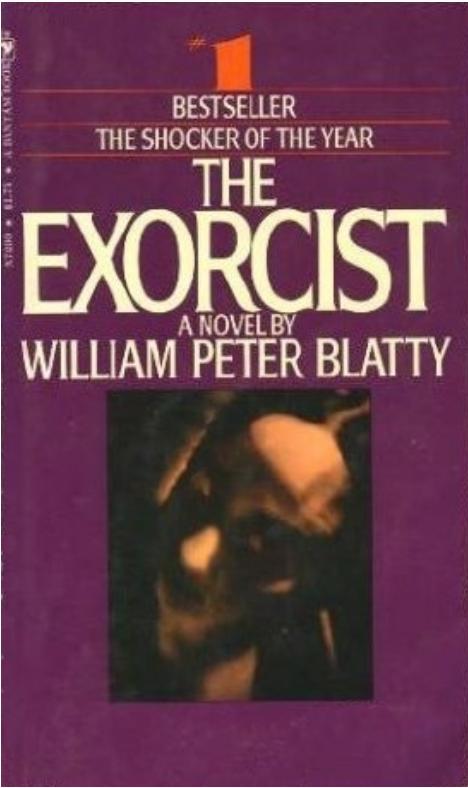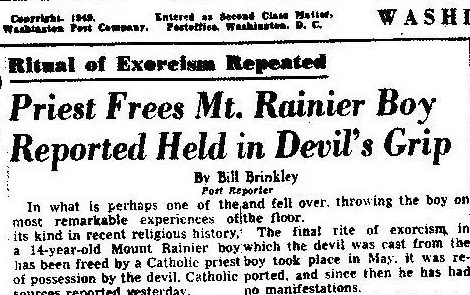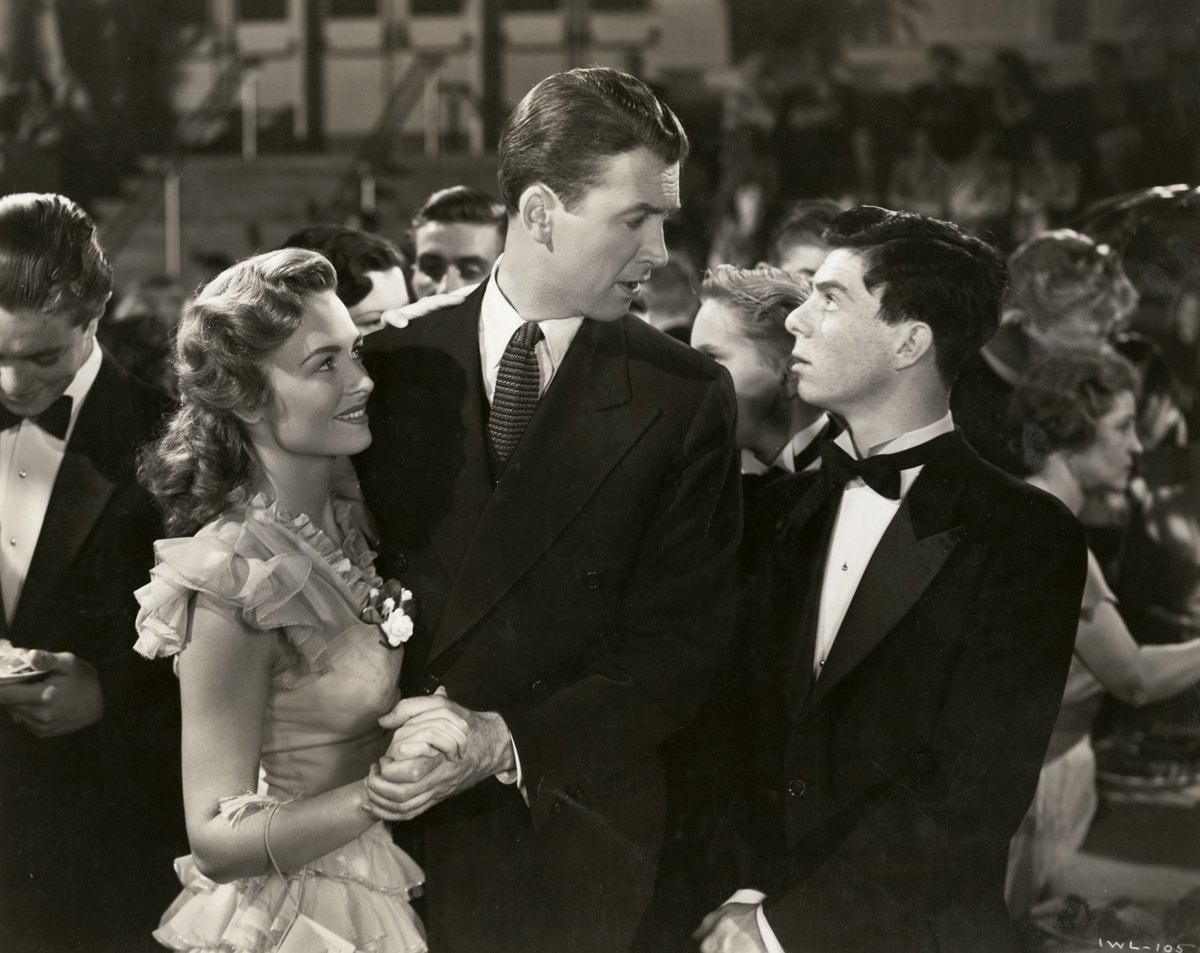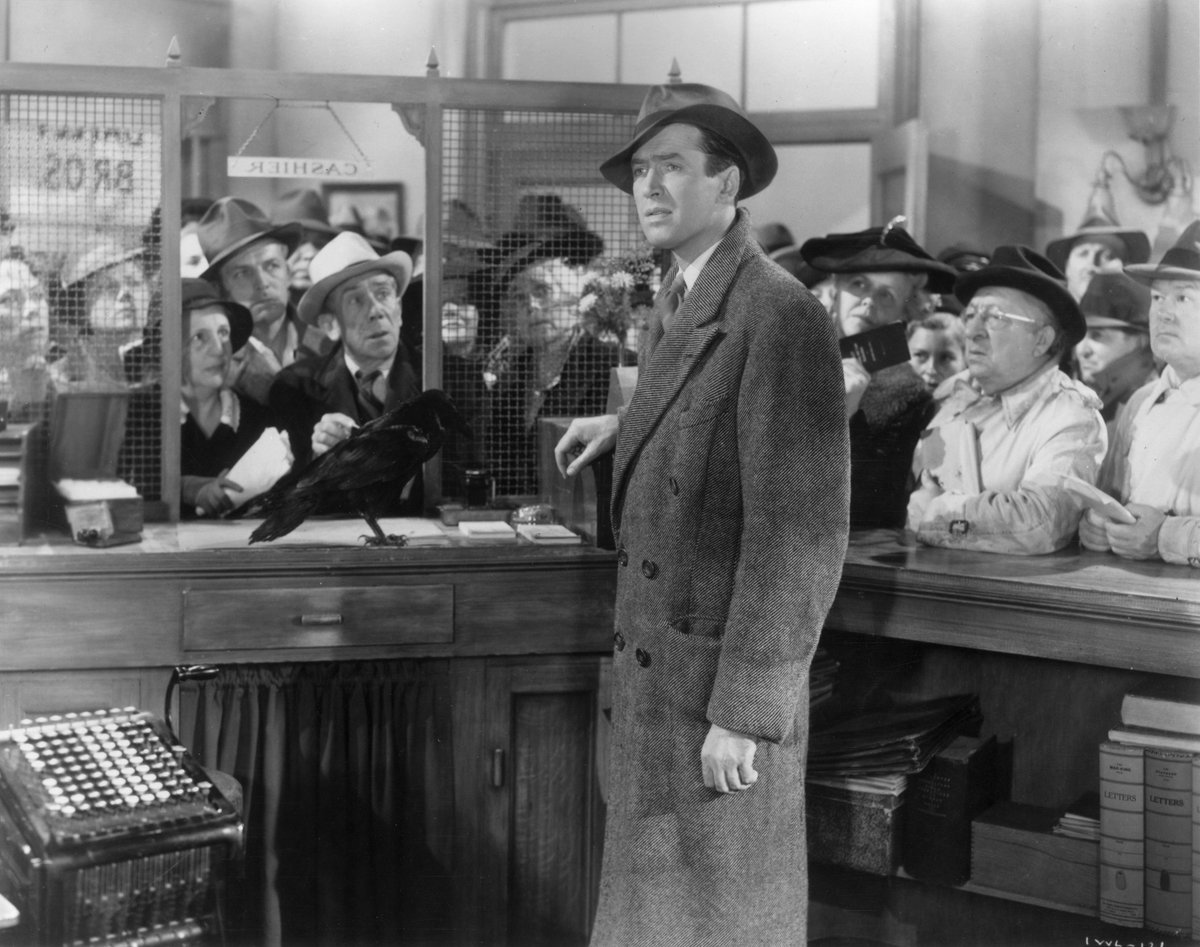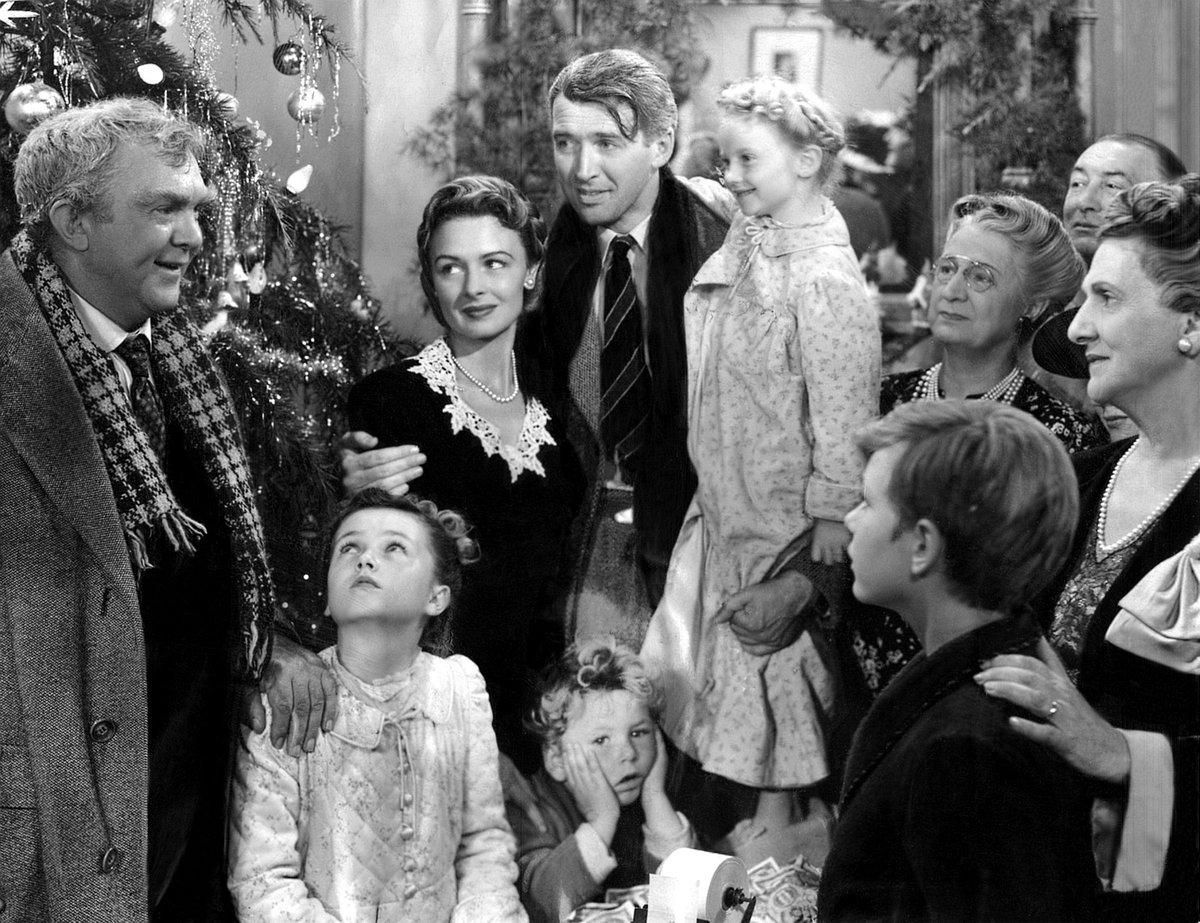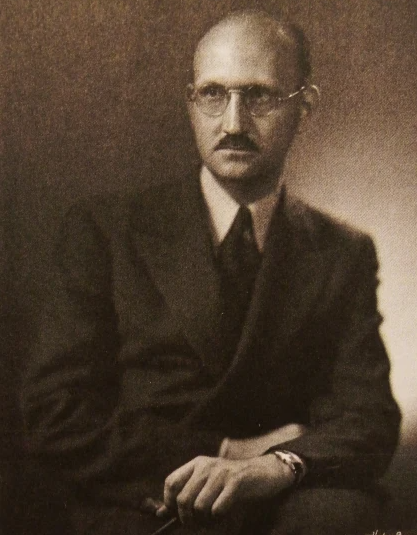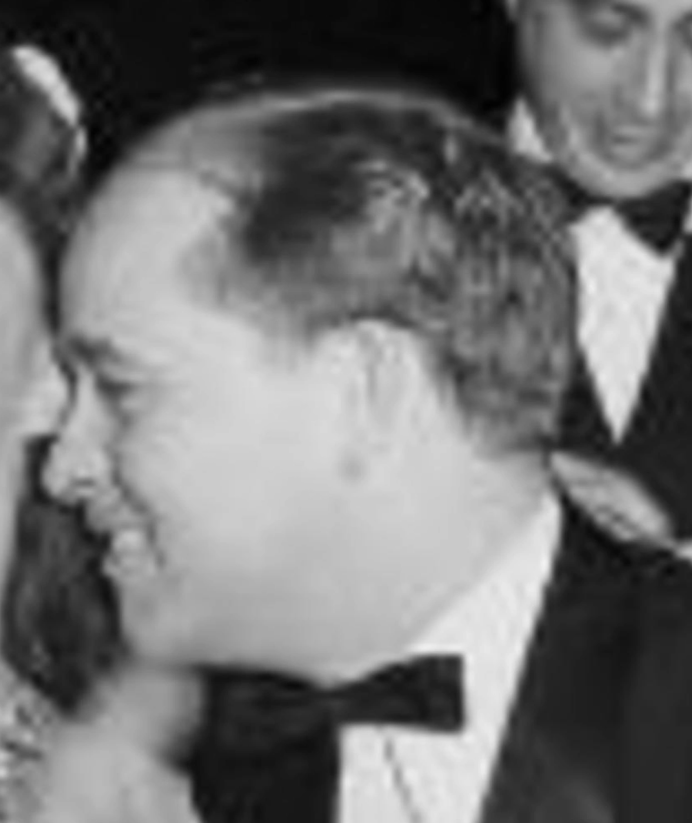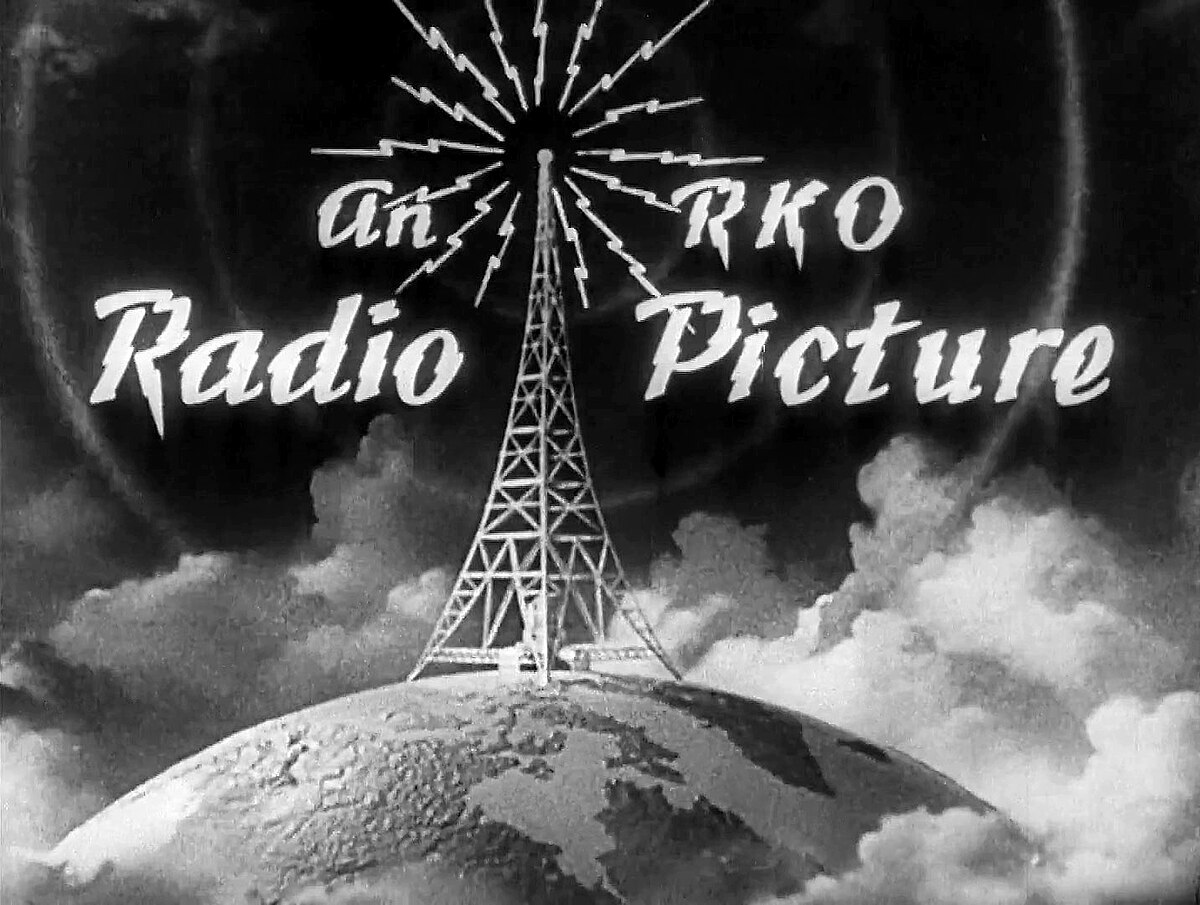PULP FICTION was released 30 years ago this week. A cultural phenomenon on its release, and the movie that catapulted the career of writer-director Quentin Tarantino, the tale of how it came to be is the Big Kahuna Burger of making-of stories….
1/67



1/67

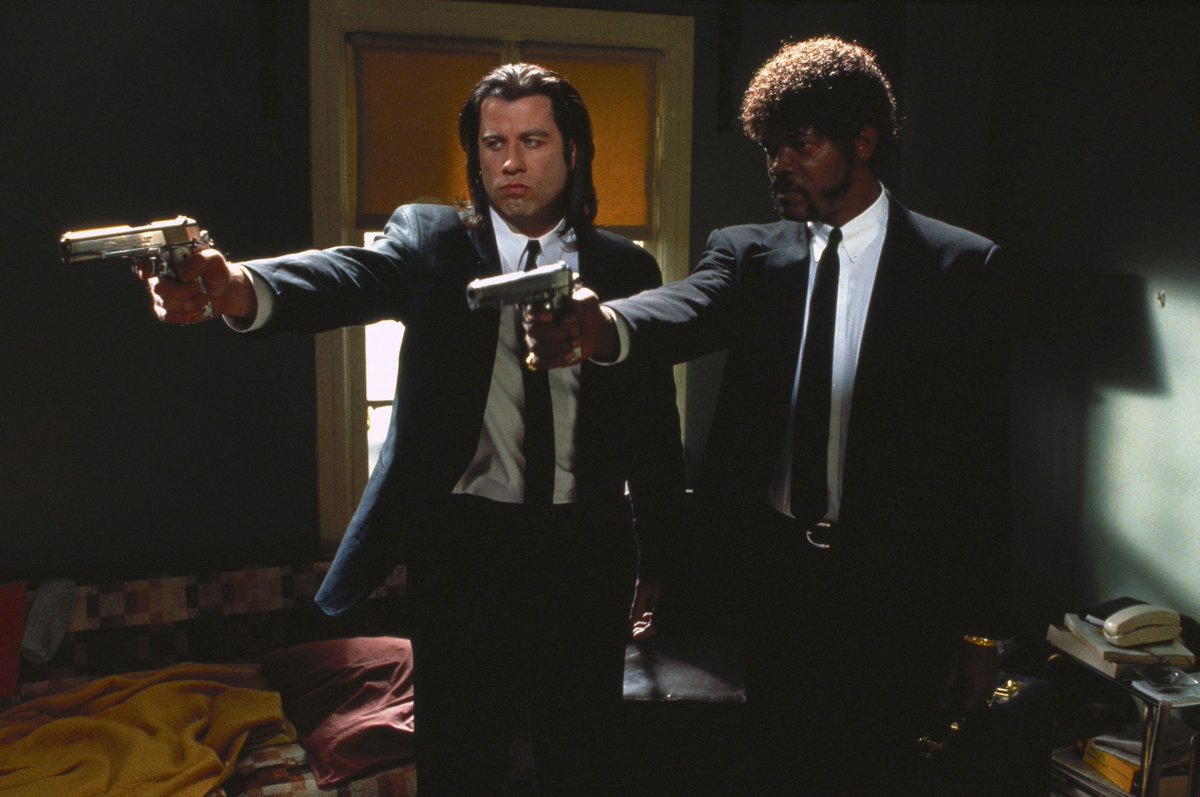


Following the success of his debut feature Reservoir Dogs, Tarantino decided to use the $50,000 he’d earned productively. He took himself on a 3-month trip to Amsterdam, the idea being it would be part-vacation, part-screenwriting session.
2/67

2/67


Before finding fame, QT had worked in Los Angeles rental store Video Archives. When there, he’d brainstormed an idea with a fellow worker called Roger Avary: a non-linear character-driven piece set in the seedy L.A. underbelly, called Pulp Fiction.
3/67

3/67


A big Hollywood name was interested before the script was finished. Danny De Vito had met QT at an event and heard an early pitch for Pulp Fiction. DDV said “The guy was just cool. It seemed simple to me” and his production company, Jersey Films, bought the rights.
4/67

4/67


Jersey Films had a first-look deal with Columbia TriStar. Studio Head Mike Medavoy said he loved the script but, put off by the violence (specifically the moment when a minor character is shot in the face), Medavoy pulled out of the deal.
5/67

5/67


De Vito and QT shopped the script around studios and Harvey Weinstein’s Miramax were immediately interested. They liked Pulp Fiction so much, in fact, they made it the first feature they financed entirely alone.
6/67
6/67

The film is an ensemble piece, but mostly led by hitmen Jules Winnfield and Vincent Vega. At one point, Tarantino thought about hiring Gary Oldman as Jules, Tim Roth as Vincent, and writing them as “two English guys.”
7/67

7/67


The shortlist for Jules reportedly included Laurence Fishburne, Charles S. Dutton, and Michael Beach. Samuel L. Jackson had originally auditioned for Reservoir Dogs. QT decided he wasn’t right for that part but wrote the part of Jules with Jackson in mind.
8/67



8/67




Things changed when Paul Calderon auditioned as Jules and blew QT and producer Lawrence Bender away. As such, Jackson and Calderon were asked to audition again. Jackson said he channelled his fury into the test, and won the part. (Calderon was cast as a bar tender).
9/67

9/67


Jules was written to have a giant afro haircut, but the crew member sent to buy the wig came back with a jheri curl instead. QT and Jackson liked it, so it was kept. According to Jackson, “all the gangbangers had Jheri curls.”
10/67

10/67
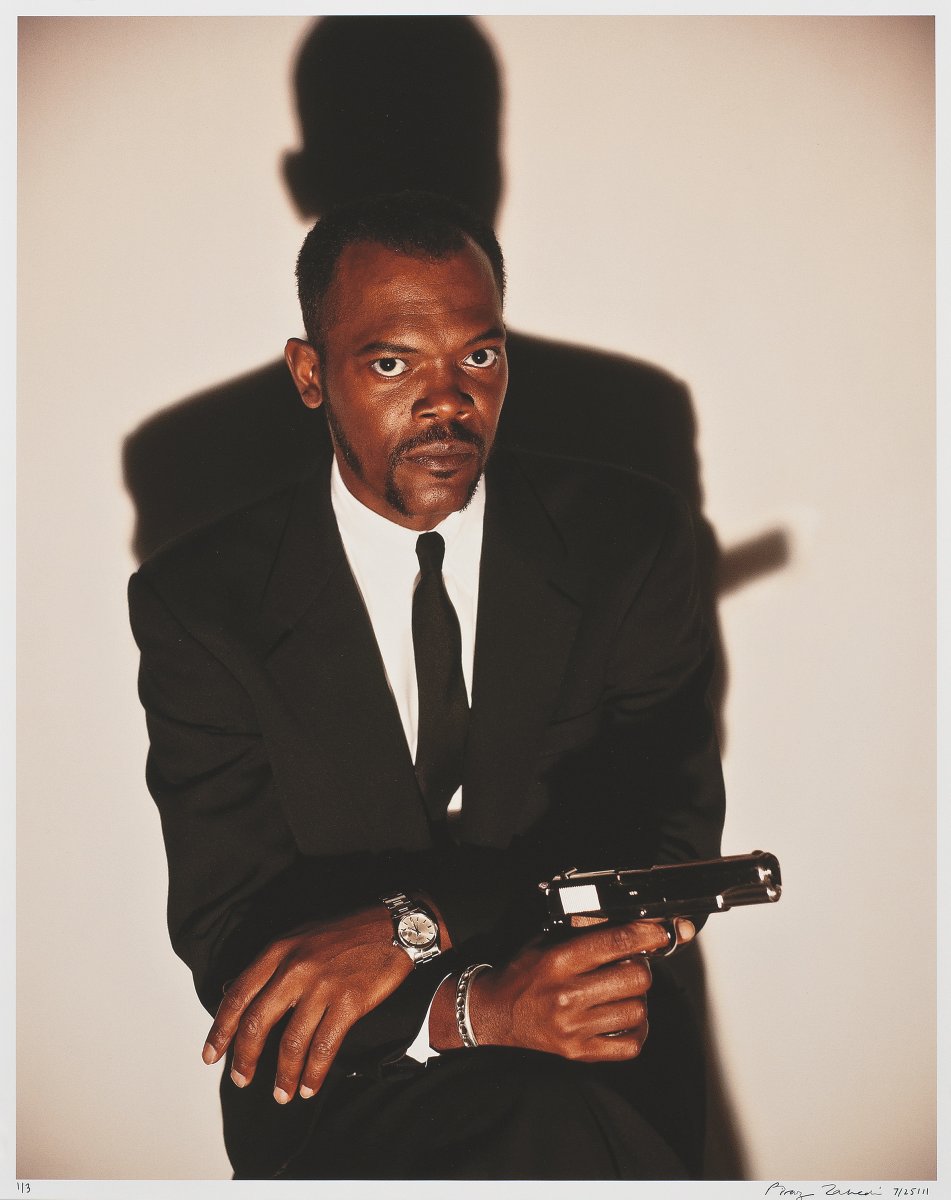

The role of Vincent was originally written with Michael Madsen in mind, the idea being he would reprise his role from Reservoir Dogs as Vic Vega. However, Madsen had already signed up to be in Wyatt Earp, so couldn’t commit to Pulp Fiction.
11/67

11/67


Tarantino’s shortlist for Vincent included Alec Baldwin, Andy Garcia, and Michael Keaton. Daniel Day-Lewis reportedly wanted to play the part, but Tarantino wasn’t so keen, mainly as he had his eye on somebody else.
12/67



12/67




John Travolta’s career had been on a downward spiral for about 10 years. Tarantino had always been a fan though, and offered JT a choice of playing Seth in From Dusk Till Dawn or Vincent in Pulp Fiction. Travolta went for Vincent saying “I’m just not a vampire guy.”
13/67

13/67


QT was keen on Travolta but Miramax - and Weinstein - were not. The entire deal for the film reportedly came down to whether Tarantino could cast JT or not. When Travolta agreed to a cut-price salary of $100k, Weinstein relented.
14/67

14/67


Vincent is addicted to heroin in the film, and Travolta researched by speaking to a recovering addict. He advised Travolta to get really drunk on tequila then lie in a hot tub, saying that’s as close as you can get without actually taking heroin.
15/67
15/67

The female lead in the film is gangster's moll, Mia Wallace. Tarantino again put together a huge shortlist, and apparently considered Isabella Rossellini, Meg Ryan, Daryl Hannah, and Michelle Pfeiffer for the part.
16/67



16/67




According to reports, US sitcom stars also came close to being cast. Julia-Louis Dreyfus was said to have turned the role down due to conflicts with Seinfeld, while Friends star Jennifer Aniston made the final two auditionees.
17/67

17/67


Tarantino, though, offered the gig to Uma Thurman. However, under advice from her agent, she said no. Tarantino was so desperate to land Thurman though, that he called her and read part of the script down the phone – a scene between Mia and Vincent - and she said yes.
18/67

18/67


The role of Butch Coolidge was originally written to be a young, up and coming boxer, and Matt Dillon was in talks to play him. Dillon loved the script and asked Tarantino if he could sleep on it, but Tarantino reportedly said no.
19/67

19/67


Tarantino then changed the role to be an older boxer whose best days are behind him. At this point, Mickey Rourke passed on the role in order to pursue his real-life boxing career, saying at the time “the script is nonsense.” Rourke later said “I didn’t understand it”.
20/67
20/67

Tarantino knew he wanted a well-known name as Butch and also on the shortlist were Sean Penn, Johnny Depp, and Nicolas Cage. Ultimately, Miramax agreed to pay out to secure Bruce Willis in the role.
21/67



21/67




A smaller role is Vincent’s drug dealer, Lance, played by Eric Stoltz. Tarantino was thinking about Stoltz playing either Lance or Jimmy and said “There are two parts you can do, and they both wear bathrobes.” When Stoltz went for Lance, QT played Jimmy himself.
22/67

22/67


There are two small cameos from regular QT collaborators. Steve Buscemi shows up in Jack Rabbit Slim’s as a waiter dressed as Buddy Holly. And producer Lawrence Bender makes an appearance in the diner climax. Ringo (Tim Roth) calls him “a f***ing yuppie.”
23/67

23/67


The first inspiration for Tarantino and Roger Avary’s script was a 1963 horror called Black Sabbath (also where the 70s rock band got their name). Black Sabbath is written in 3 parts, like Pulp Fiction. And the idea was to call the film Black Mask after a 1920s crime magazine.
24/67


24/67



Before Pulp Fiction was released, Avary was convinced to forfeit his co-writing credit and accept a ‘story by’ credit. That was so the line ‘Written and directed by Quentin Tarantino’ could be used to promote the film. (The part Avary wrote was The Gold Watch).
25/67
25/67

Tarantino knew an editor who would read his screenplays called Linda Chen. She said “The first draft was the diary of a mad man” and 500 pages long. Chen is referenced in the film - Amanda Plummer’s character, Honeybunny, was named after Chen’s pet rabbit.
26/67

26/67


The structure of the film is what QT himself calls “a circular narrative”. The opening scene is the start of the final sequence, and the first thing we hear is Butch’s motorbike. So the story starts where it ends chronologically and non-chronologically.
27/67

27/67


Tarantino says the theme of redemption is “explicit in the piece.” Mia is saved by Vincent. Butch is redeemed in the eyes of Marsellus. In the final scene, Jules redeems himself and Ringo. The only character who rejects redemption is Vincent, and he’s killed.
28/67



28/67




QT brought Director of Photography Andrzej Sekula back from Reservoir Dogs. Sekula later said Tarantino’s brief for Pulp Fiction was simple, saying: “the budget is $8 million, but I want this to look like it's worth $25 million.”
29/67

29/67


Tarantino and Sekula made the decision to shoot on 50 ASA film stock - the slowest stock that was made. The reason they did this is because, as QT put it: “It’s the closest thing we have to 50s technicolour.”
30/67

30/67


There are some classic QT visuals in the film. We see a trunk POV shot, a shot also used in Reservoir Dogs, Jackie Brown, Kill Bill vol.1 and Death Proof. Tarantino says its not really a trademark and claims “there’s nowhere else to put the camera!”
31/67



31/67




Tarantino has a reputation for liking to photograph women’s feet in his films. In Pulp Fiction, Mia is barefoot in almost every scene. And there’s a close up of Esmerelda’s – Butch’s cab driver – bare feet. And Vincent and Jules have a conversation about foot massages.
32/67

32/67

French New Wave was a big influence on Tarantino too. His production company A Band Apart was named after a Jean Luc Godard film - Bande à part. And that Godard film also features a famous dance scene in a restaurant.
33/67

33/67


Long Tracking shots are a feature of French New Wave, and Tarantino does that throughout Pulp Fiction. And the visual influence of Godard and his muse, Anna Karina, on Mia is apparent in her haircut and the way she dresses.
34/67

34/67


Tarantino made the decision to not work with a composer to write an original score, but rather soundtracked the film with existing surf pop songs. He later said “surf music sounds like Morricone music…like rock and roll spaghetti Western music."
35/67

35/67
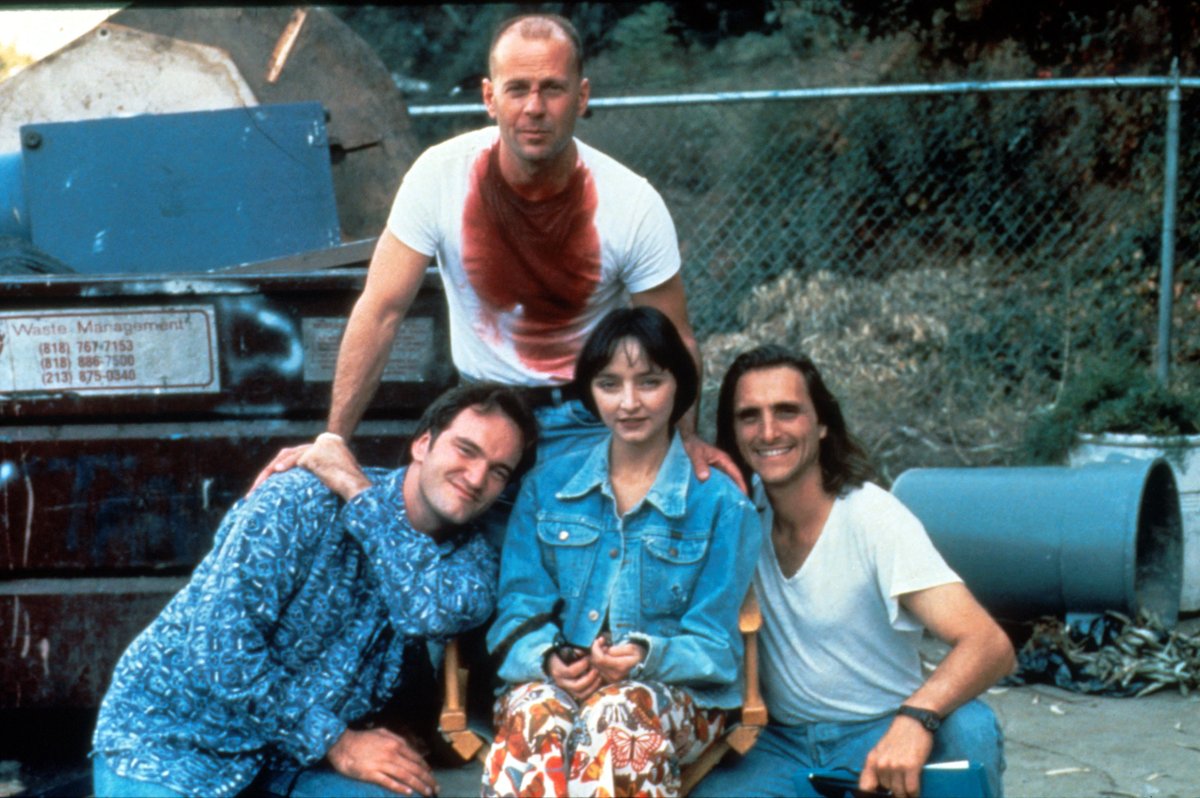

The scene where Butch returns to the pawn shop with the Samurai sword is scored by Comanche by The Revels. Originally, Tarantino wanted to use My Sharona by The Knack, but they said no and licensed it to Winona Ryder-starring Reality Bites instead.
36/67

36/67

The Knack weren’t the only band who turned Tarantino. He wanted Fabienne (Maria de Medeiros) to wear a ‘Frankie Says Relax’ t-shirt but Frankie Goes To Hollywood singer Holly Johnson said no, and wrote a note explaining the reasoning.
37/67

37/67


The film opens in the diner before Pumpkin and Honey Bunny hold it up. Those parts were written specifically for Amanda Plummer and Tim Roth, who play them in the movie, but QT did have some other names in mind as backups…
38/67
38/67

The shortlist for Pumpkin included John Cusack. And in consideration to play Honey Bunny was Patricia Arquette, and Jennifer Jason Leigh.
39/67


39/67
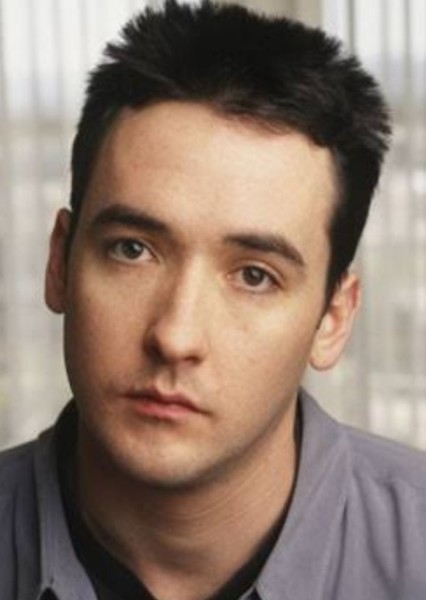


The unfortunate Brett is played by Frank Whaley, who Tarantino met at the Sundance Institute and asked him to be in the film. And the moment Jules flips the table over was improvised by Samuel L. Jackson, Whaley's reaction was genuine, and that shot was done in one take.
40/67
40/67

One of the most famous lines of dialogue is Jules’ Ezekiel 25:17 speech. It’s not actually a quote from the Bible. QT took it (not quite word-for-word) from a 1976 Japanese martial arts film starring Sonny Chiba called The Bodyguard.
41/67

41/67


Tarantino originally wrote the Ezekiel monologue for From Dusk Till Dawn. In that film, Harvey Keitel plays a preacher and, originally, the passage was to be recited by him to vampires. He switched it over to Pulp Fiction, though.
42/67

42/67


The film has a McGuffin in the briefcase Jules and Vincent retrieve. We never find out what’s in the briefcase but people have theorised it is the diamonds the crew steal in Reservoir Dogs. Tarantino has said it is “whatever the viewer wants it to be.”
43/67

43/67


Tarantino took the idea of a glowing case from a film noir directed by Robert Aldrich called Kiss Me Deadly. And to achieve that glow, the briefcase was fitted with a lightbulb and had a battery inside.
44/67

44/67


We see Vincent’s car in the opening act - he drives a 1964 Chevy Malibu. It was actually Tarantino’s car at the time. And it was stolen just after the film came out and not found for 20 years.
45/67

45/67


The Jack Rabbit Slims is full of film nods. The idea of cars doubling up as tables came from Speedway, an Elvis film. And if you take note of the walls, you’ll see they are adorned with posters of Roger Corman-produced films.
46/67

46/67


Thurman later said she was nervous about dancing with John Travolta, and said to Tarantino, “you expect me to dance with John f***ing Travolta?!” QT mentioned it to Travolta and he told her to “just shut up and twist”.
47/67

47/67
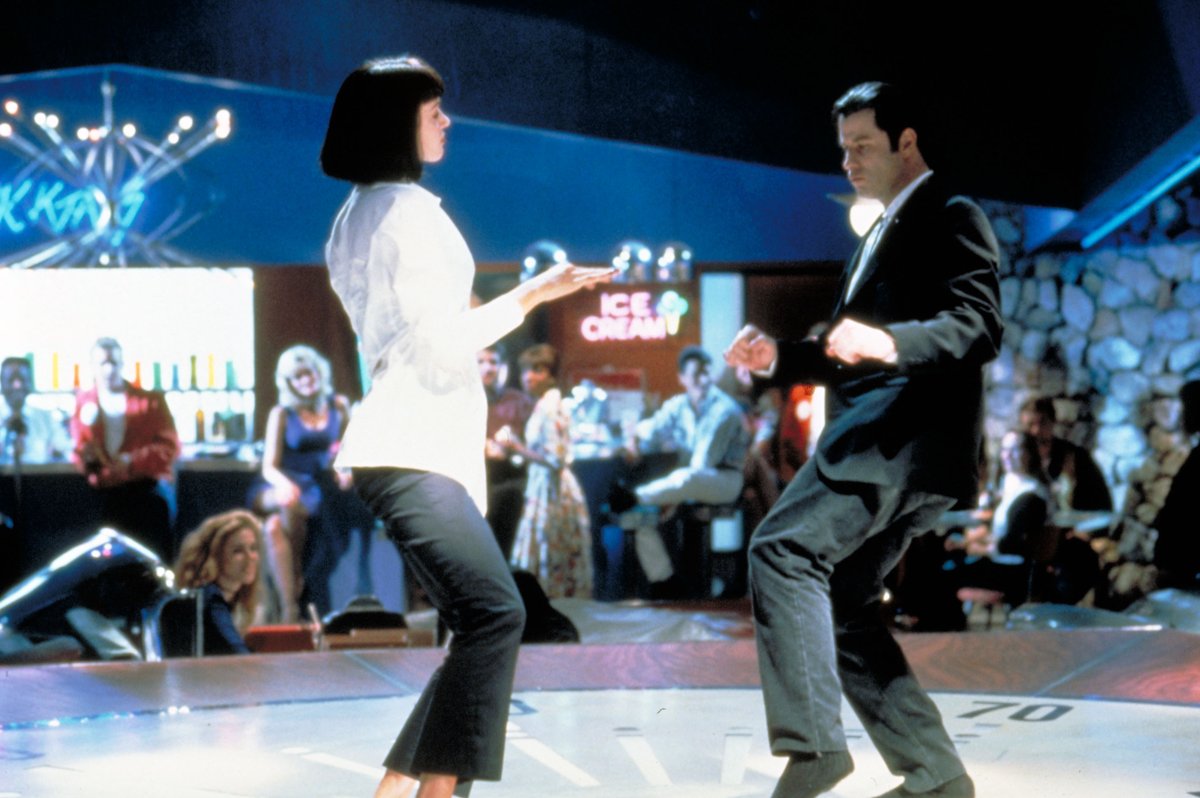

Mia and Vincent’s dance moves are mostly taken from other places. It is framed very much like the dance scene in 8 ½ by Federico Fellini. And then Travolta recommended they go into The Batusi, a move taken from Adam West’s Batman series.
48/67


48/67



Mia and Vincent’s dance to You Never Can Tell by Chuck Berry. Apparently, Thurman didn’t like the choice of song and said to QT it didn’t sound right. Tarantino just said “trust me, it’s perfect.”
49/67

49/67


After leaving Jack Rabbit Slim’s, we see Mia and Vincent with a huge trophy, indicating they won the dance competition. However, in a later scene with Butch we hear a TV news report say the dancing trophy from Jack Rabbit Slim’s was stolen. So Mia and Vincent stole it.
50/67

50/67


When Vincent finds Mia after she ODs, she is unconscious and has saliva caked round her mouth. That was actually cold Campbell’s mushroom soup spread all over Thurman’s face.
51/67
51/67

Lance’s girlfriend was played by Rosanna Arquette, who also auditioned to play Mia. Her brother, Robert, was cast in the film too, as Brett’s pal who bursts from the bathroom and is gunned down by Jules and Vincent.
52/67

52/67


The shot of Vincent plunging the syringe into Mia’s chest was filmed by having Travolta pull the needle out, then running the film backwards. Watch carefully and you’ll see a mark on Mia’s chest disappear when she’s revived.
53/67

53/67


Captain Koons (who hands the gold watch to a young Butch) is only in one scene, but QT knew he wanted a big screen presence to play him. Tommy Lee Jones, William Petersen, and Al Pacino were all considered before Christopher Walken was cast.
54/67



54/67




Walken drank hot sauce between takes and Lawrence Bender assumed it was method acting – Walken’s way of accessing the pain of the character. When he asked Walken about it, though, the actor said “it just keeps my mouth from drying out.”
55/67

55/67


Butch’s cab driver, Esmarelda Villalobos, was played by Angela Jones. She was approached by QT after he saw her in a 1991 short called Curdled where she plays somebody who cleans up murder scenes. This is why she asks Butch “what’s it like to kill a man?”
56/67

56/67


Butch shoots Vincent dead when he emerges from Butch’s bathroom. Most people assume the gun Butch finds is Vincent’s, but it’s Marsellus’. Marsellus and Vincent have been staking out Butch’s apartment and Marsellus left to get coffee and doughnuts.
57/67

57/67

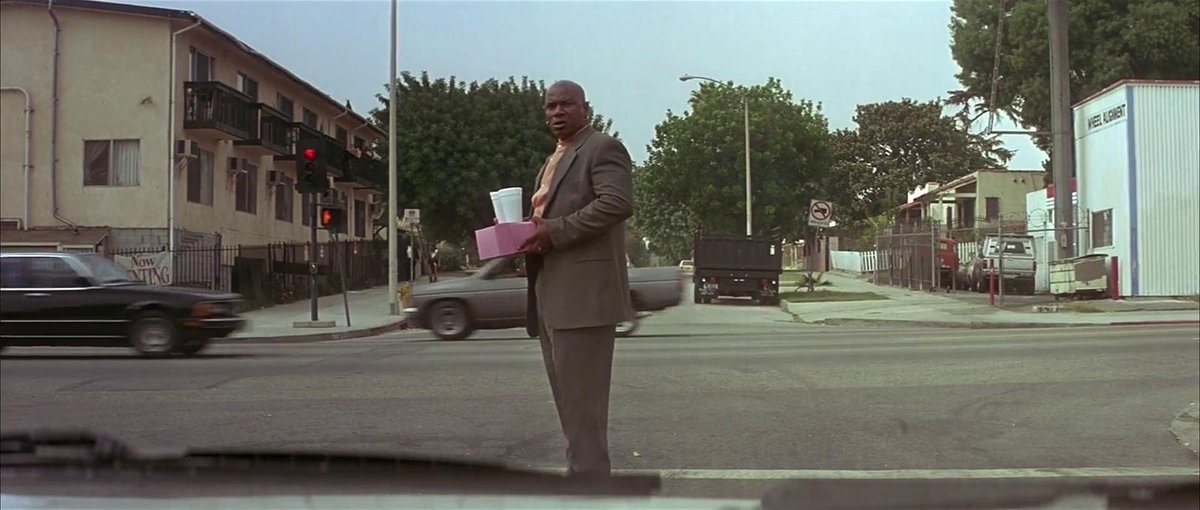
QT also wanted a big star name to play the fixer, Winston The Wolf. The original shortlist included Warren Beatty and Michael Parks before Harvey Keitel was cast.
58/67


58/67



In the opening, Honeybunny screams at the diners (“Any of you f***ing pr**ks move…”) but the line changes when we hear it in the climax. The idea is that the opening is Honeybunny’s point of view. The second time it’s Jules’ point of view, and he remembers it different.
59/67

59/67


There’s also a deleted scene from the final diner sequence where Jules shoots through the table killing Pumpkin, then shoots Honey Bunny, killing her. It then cuts back to Jules, showing it was all in his mind. Tarantino left this out as he felt it interrupted the pacing.
60/67
60/67

There are some nice details in the diner too. In the opening scene, we see Vincent in the background walking to the toilet. And at the end, the manager says to Ringo"Please, I'm just a coffee shop-" In the end credits, the actor’s role is given as "Coffee Shop".
61/67
61/67

Pulp Fiction premiered at the Cannes Film Festival in May 1994 and won the biggest prize, the Palme d’Or, the festival’s biggest honour. When Tarantino collected the award, somebody shouted “Pulp Fiction is shit” and QT gave the heckler the middle finger.
62/67

62/67


The film then courted controversy on its release due to the explicit material. When the film was played at the New York Film Festival, an audience member collapsed during the insulin shot scene. Taratnino said “this sh**’s too intense for human beings, man!”
63/67
63/67

Pulp Fiction was a huge hit. From a production budget of $8 million ($5 million of that going to the cast’s salaries), the movie grossed over $200m worldwide. It was the first independent film to gross $100 million in America.
64/67



64/67




The film was also nominated for 7 Oscars, including Best Picture, Best Actor (Travolta), Best Supporting Actor (Jackson), Best Supporting Actress (Thurman), and Tarantino won for Best Original Screenplay.
65/67

65/67


The film became one of 90s western culture’s biggest phenomena, spawning many imitators and making QT hollywood’s hottest filmmaker. In Britain, the screenplay became the most successful in publishing history, and was a top-ten bestseller.
66/67

66/67


Finally… Vic (Mr Blonde) and Vincent Vega are brothers. Tarantino named them after singer Suzanne Vega and there was a deleted Pulp Fiction scene where Vincent tells Mia Suzanne Vega is his cousin.
67/67


67/67



If you liked our making of story of PULP FICTION, please share the opening post 😃
https://x.com/ATRightMovies/status/1847567907326152719
Our latest podcast is on THE WARRIORS. Full of big laughs and opinions so please give it a listen 😄
alltherightmovies.com/podcast/the-wa…
alltherightmovies.com/podcast/the-wa…
• • •
Missing some Tweet in this thread? You can try to
force a refresh


